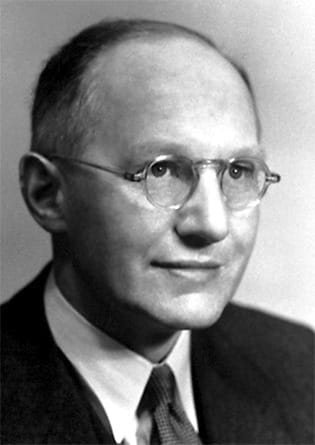
“The owner of the shadow is my mother.” – Sachiko Ochi
The atomic bombs that were dropped on the Japanese cities of Hiroshima and Nagasaki encapsulate one of the darkest periods in human history. exemplifying humankind’s ability to inflict the most heinous of crimes on one another. The complete capitulation of Hiroshima and Nagasaki within seconds of the blast and the instant death of 80,000 people on impact is merely a percentage of the damage done on the days ‘Fat Man’ and ‘Little Boy’ were dropped: A deplorable time in history that left physical scars on the Japanese people and one that created some of the most eerie and haunting images ever – the Hiroshima Shadows.
J. Robert Oppenheimer was the lead scientist in the production of these bombs and has recently come to prominence due to the self-titled film ‘Oppenheimer’. Online you can find pictures of the bombs and, written in marker on the sides of both ‘Little Boy’ and ‘Fat Man’ are some of the names of engineers and soldiers that helped create and transport the bombs. Truly haunting photographs.
The Hiroshima Shadows are outlines of the bodies that evaporated from the heat of the blast. People closest to the blast site were incinerated by the heatwave that was initially emitted from the bomb’s explosion. Contrary to popular belief, the bomb dropped on Hiroshima, ‘Little Boy’, did not detonate on impact, but above ground whilst still falling. The immediate radiation release, along with the power and heat of the blast evaporated anything and anyone in its vicinity. It was a heat so powerful that bodies struck by the blast were permanently etched into the concrete they stood on.
On August 6, 1945, Enola Gay, the B-29bomber, was nine kilometres above Hiroshima when ‘Little Boy’ was released: 44.4 seconds later, at 8.15am, it exploded. ‘Little Boy’ contained 64 kilograms of uranium 235. The blinding light that was emitted is estimated to be 1,000 times brighter than the sun and the heat was roughly 4,000 degrees Celsius. According to the World Nuclear Association, the explosion was equivalent to 16,000 tonnes of TNT exploding, which sent a pulse of thermal energy rippling across the city, flattening 13 square kilometres. Roughly 25 per cent of the population of Hiroshima died immediately. Another 25 per cent died of the effects of radiation poisoning and cancer in the months that followed. Three days after that blast, on August 9, the United States detonated the second atomic bomb, nicknamed ‘Fat Man’, over Nagasaki. The plutonium 239 bomb released a 21,000 tonne explosion that yielded identical results to that of the destruction in Hiroshima.
On the morning of August 6, 1945, the Sumitomo Bank in Hiroshima was just about to open. Some of its employees were already inside, while others were on their way to work when the nuclear bomb was dropped. All 29 of the employees were instantly killed. Some survivors of the blast died a few days later due to radiation sickness. According to Hiroshima City’s archives, passersby took refuge in the building because it was close to ground zero. A huge pile of bodies were recovered inside the building during the search and recovery operations.
One victim was sitting outside the Bank; the Blast Shadow left of this person has become the most prominent of its kind, the most famous of all the Hiroshima Shadow photographs.
In 1971, moves to demolish the Hiroshima Branch of Sumitomo Bank prompted a survivor to come forward and plead with the government to preserve the Blast Shadow. Sachiko Ochi claimed she was the daughter of the victim. The Peace Memorial Museum initially refused, but eventually acceded to her request. “Every time the shadow faded, my mother seemed to move away from me,” said Ochi. “I’m glad that she is finally recognised.”
The demolition of the bank proceeded and the stones showing the Blast Shadow were carefully removed and donated to the museum. There, they were meticulously reassembled. You can visit the museum to see that artefact today. Other photographs of the Hiroshima Shadows are available online.
Six days after the second blast; on August 15, having witnessed the devastation of the bombs, and eager to spare his people from further misery, Emperor Hirohito announced Japan’s surrender. He signed the formal declaration on September 2, 1945 ending World War II. Nuclear weapons have not been used since.


